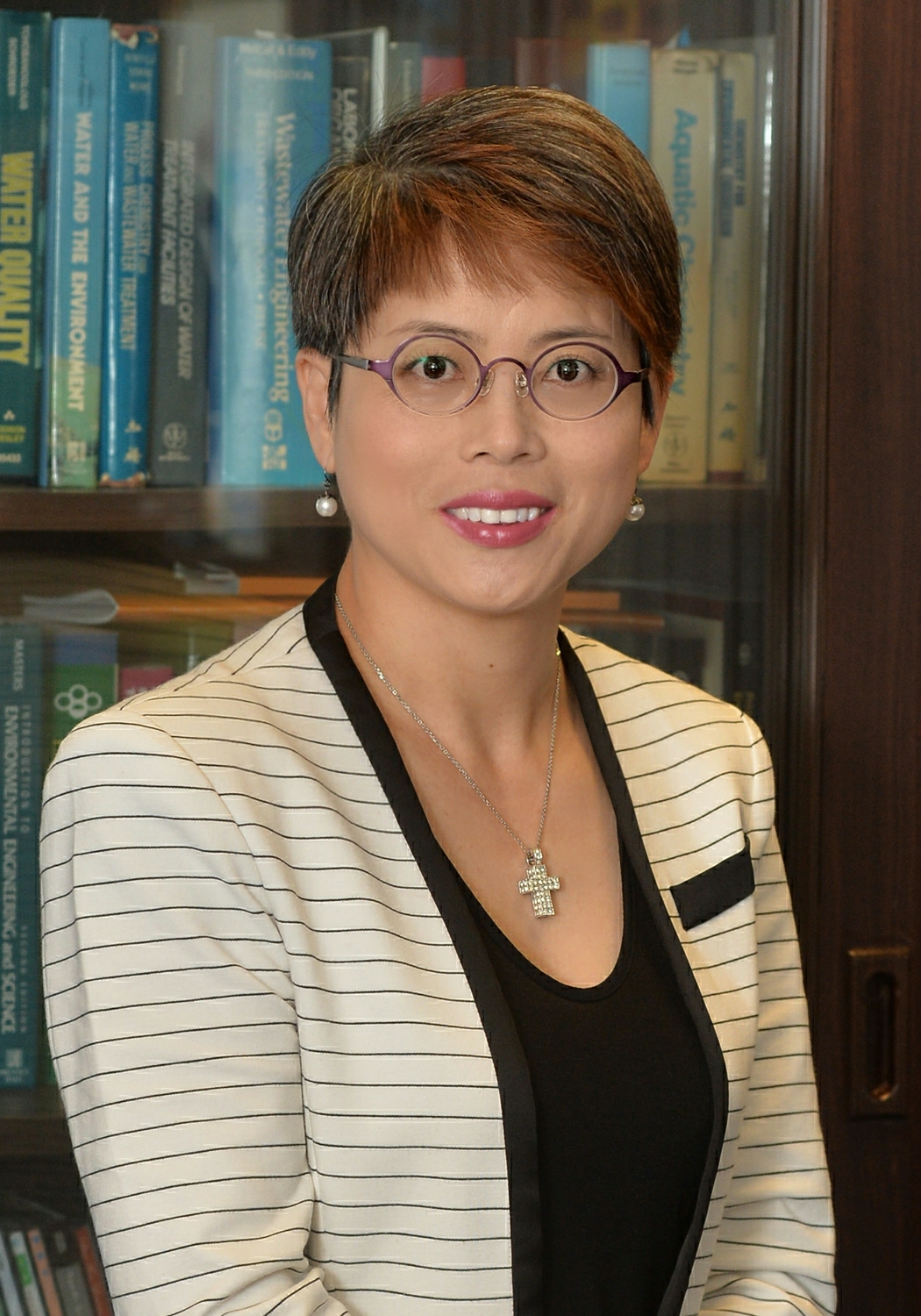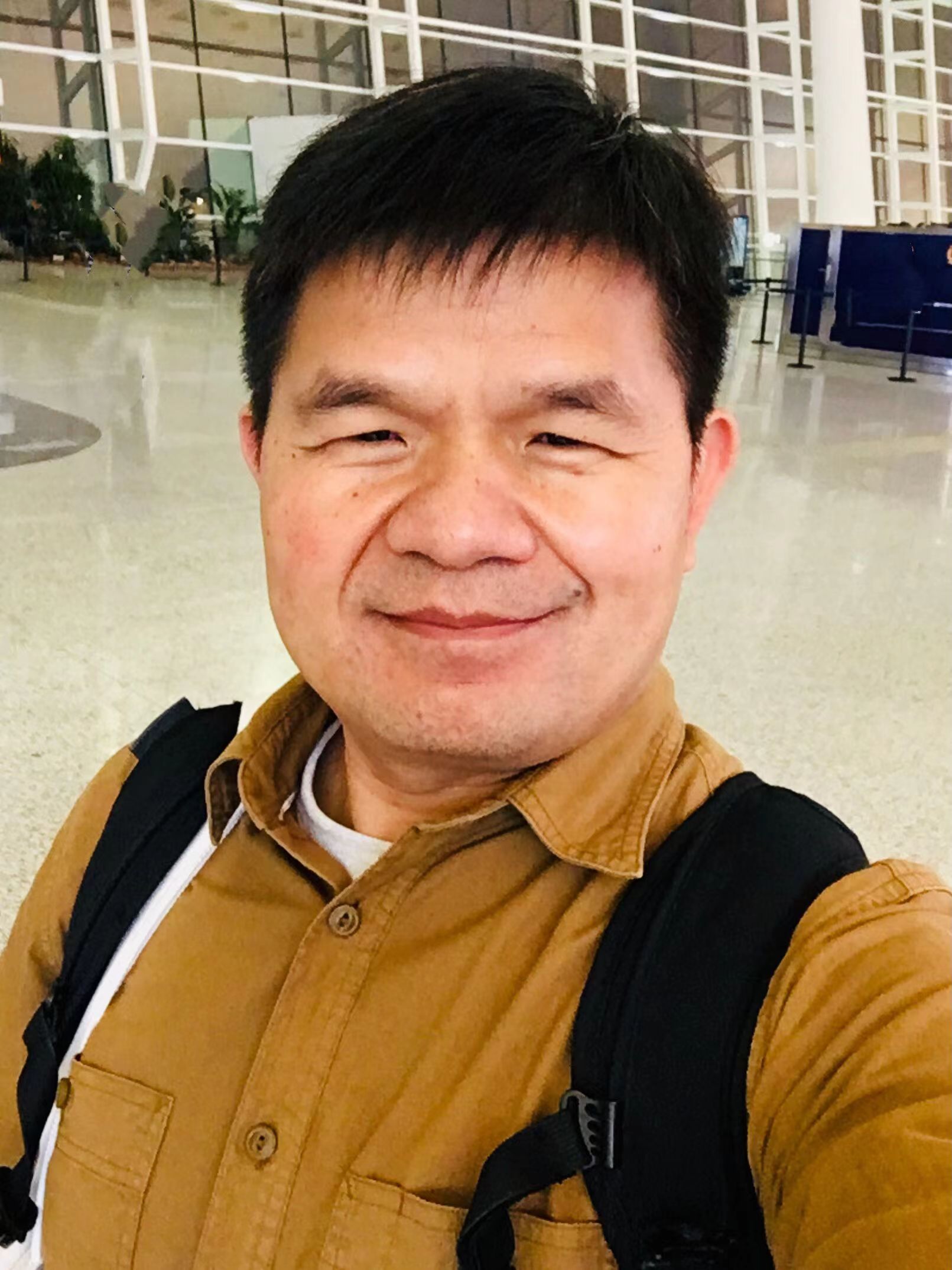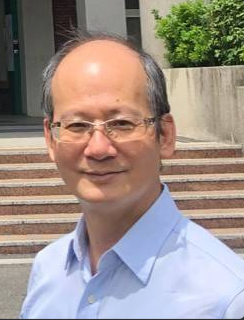Keynote Speakers
Prof. Irene Man Chi Lo
Chair Professor of Civil & Environmental Engineering,Institute For Advanced Study (IAS) Senior Fellow,
The Hong Kong University of Science & Technology
Speech Title: A Breakthrough Achievement of Water and Wastewater Treatment toward Environmental Sustainability and Carbon Neutrality: Multifunctional Photoelectrochemical Technology
Abstract: Conventional water and wastewater treatment processes are inefficient in degrading pharmaceuticals and personal care products (PPCPs) and cause high carbon emissions. Herein, a multifunctional photoelectrochemical (PEC) system for coupled the removal of contaminants with H2 evolution was developed to address the above limitations. As for water treatment, we developed a sulfite-adding PEC system using an optimized BiVO4 photoanode, which can simultaneously promote PPCPs degradation, E. coli inactivation, and H2 evolution (as green and renewable energy) via activating sulfite under visible light illumination. Sulfite ions could be activated by holes to produce sulfate radicals for contaminant removal and work as hole scavengers to promote electron separation for H2 production. Regarding wastewater treatment, we developed a low carbon emission PEC system to treat saline sewage for coupled the removal of organic compounds, ammonia, and bacteria with H2 generation. A reduced BiVO4 (r-BiVO4) photoanode possessing excellent PEC reactivity achieved by introducing oxygen vacancies and V4+ species was synthesized for the PEC system, treating saline sewage to meet the discharge standard in 40 minutes (with a complete removal of PPCP) coupled with significant H2 production as green energy. The PEC system reduced 93% of carbon emissions compared with conventional wastewater treatment due to the reduced generation of N2O and CH4. Chloride ions in saline sewage were activated to produce reactive chlorine species, facilitating contaminant removal and retraining N2O generation. Overall, the multifunctional PEC systems are promising for water and wastewater treatment toward carbon neutrality because of their high efficiency in contaminant removal and significant H2 evolution to offset carbon emissions.
Biography: Ir Prof Irene M.C. LO, JP is currently a Chair Professor in the Department of Civil and Environmental Engineering at The Hong Kong University of Science and Technology (HKUST). She is an elected Academician of the European Academy of Sciences and Arts (EASA), the first Hong Kong scholar inducted into the EASA. She is an elected Fellow of the Hong Kong Institution of Engineers (FHKIE), and elected Fellow of the American Society of Civil Engineers (FASCE). She was appointed by HKSAR Government as Justices of the Peace (JP) in 2017. She was also Adjunct Professor of Tongji University, Tianjin University, Jilin University and Harbin Institute of Technology in China. She had been Visiting Professor of Technical University of Denmark and the University of Wisconsin at Madison.
She was the recipient of the 2004 ASCE James Croes Medal, the 2007 ASCE Samuel Arnold Greeley Award, the 2008 EWRI Best Practice-Oriented Paper Award, the 2009 ASCE Wesley W Horner Award, and the 2012 ASCE EWRI Best Practice-Oriented Paper Award. In addition, she received the Ministry of Education’s 2019 Higher Education Outstanding Scientific Research Output Awards in the Natural Science/Technology Advancement. She has been invited to give plenary/keynote/invited speeches over 40 times at many international conferences around the globe.
Her research interests include advanced oxidation processes, nanoparticles and nanotechnology for environmental applications, water and wastewater treatment, soil and groundwater remediation, and solid waste treatment and disposal. She was recognized as "Top 2% Scientists in the World” in the environmental science/engineering as reported by the study conducted by Stanford university in 2020.
Prof. Zhongping Lai
Head of Luminescence Dating Laboratory & Quaternary Geology Group,Institute of Marine Sciences,
Shantou University
Speech Title: Groundwater Arsenic Contamination Destined by Landscape Evolution in Response to Sea Level Change in the Context of Global Change
Abstract: Understanding the geological processes controlling geogenic arsenic (As) contamination in groundwater is crucial for management and mitigation of the problem. Based on our recent coring and dating results on Jianghan Plain of the central Yangtze river basin, we herein propose a conceptual model arguing that present groundwater As contamination in Jianghan is destined by interaction between sea level change and landscape evolution since the last ice age. Over the last ice age, the global sea level declined from a near-present level to the last glacial maximum (LGM, ~29-17 thousand years ago (ka)) low stand of ~130 m below, leading to headward erosion that could propagate over 1400 km upstream, forming incised valleys and interfluves, leading to depletion of organic matter in pre-LGM sediments and formation of oxidized stiff clay capping the interfluves, thus As mobilization in pre-LGM sediments was limited; afterwards, during the last deglaciation (~17-7 ka), rapid sea level rise induced fast filling of incised valleys by sandy sediments, which were coated with As bearing iron-hydroxides (FeOOH) and interbedded with organic matter owing to an ameliorated climate; when sea level approached today’s level at ~7 ka, decelerated sea level rise and landscape transformation due to valley filling gave rise to slow deposition of fine-grained sediments atop the fast valley fill, creating an anaerobic condition below, which in turn led to reductive dissolution of FeOOH and release of As. Therefore, the fast-infilling sediments deposited during the last deglaciation within the incised valleys became nowadays the major sources of high-As groundwater, while groundwater in pre-LGM sediments are generally As free. Evidenced by the published data, we derived that the conceptual model applies in many other regions around the world, as sea level change imposes worldwide influences on landscape evolution. Therefore, our proposal may provide a global solution for groundwater As contamination.
Biography: Prof. Zhongping Lai is currently a professor in Shantou University, and the head of luminescence dating laboratory and Quaternary geology & marine geology group. He obtained his PhD in 2005 from Oxford University as a Clarendon Scholar. He was then awarded an Alexander von Humboldt Fellowship and spent nearly two years in Marburg and Bayreuth Universities in Germany. He came back to China in late 2007 in Chinese Academy of Sciences (2007-2014), in China University of Geosciences (2014-2018), and in Shantou University since 2018. He has published more than 170 papers in international SCI journals, such as Earth and Planetary Science Letters, Geophysical Research Letters, Catena, Quaternary Science Reviews, Geomorphology, Quaternary Geochronology, Science of the Total Environment, Environmental Pollution, Frontiers in Marine Science. In ResearchGate, he has an h-index of 46 and a citation of >6200.
He is currently the Editor of “Catena” and and a member of editorial boards of “Geochronometria”. He has also served as associate editors for both "Quaternary Research (2010-2017)" and "Aeolian Research (2010-2017)", and as reviewers for British NERC, Switzerland NSF, and Norway NSF. He was selected in both lists, established by Stanford University, of the “World's Top 2% Scientists 2021: Career-long impact”, and of the “World's Top 2% Scientists: Single year impact” for both 2020 and 2021.
His main research interests include: (1) Quaternary geology, marine geology and geochronology; (2) Coupling of Sea level, delta, fluvial system and land surface processes; (3) Mechanism of arsenic pollution in underground water associated with global climate change and sedimentology; (4) Luminescence dating in both application and technique development.
Prof. Chih-Huang Weng
Chairman of Department of Civil Engineering,I-Shou University
Speech Title: Fenton’s and Activated Persulfate Oxidation Processes for Efficient Degradation of Synthetic Dyes
Abstract: Synthetic dyes, mostly toxic, mutagenic, and carcinogenic, are the largest colorants used in various industries, including textiles. If improper treatment occurs, the dye effluent from these industrial wastewaters could pose a serious environmental concern and public health awareness. Because of the complex aromatic molecular structure of synthetic dyes, most of them are highly resistant to biodegradation. Conventional biological treatment processes are no longer adequate for treating dye effluents. The implementation of wastewater discharge regulations promotes research on improving available technology and developing effective treatment processes to comply with increasingly stringent effluent standards. Fenton’s and activated persulfate processes are the advanced oxidation technologies (AOTs) based on the production of oxidative active radicals, mainly hydroxyl radicals (HO•) and sulfate radicals (SO4–•) during the catalytic reaction. These processes have an excellent reputation for treating recalcitrant organic compounds. The selection of a suitable catalyst and activator is of great importance. This presentation outlines the prospect of using Fe0 aggregates, Fe2+-rich minerals (Schorl, biotite, Mackinawite, and pyrite), and LaMO3 (M = Co, Fe) Perovskites as the highly efficient catalyst in activating Fenton’s reaction and persulfate for the treatment of textile dyes in aqueous solution. In addition, the use of ultrasound, heat, and UV254/VUV185 to enhance the robustness of these processes on the catalytic degradation of dyes is discussed.
Biography: Distinguished Professor Chih-Huang Weng is the Chairman of the Department of Civil Engineering at I-Shou University, Taiwan. He also served as Vice-President of North Kaohsiung Community University, Taiwan. Prof. Weng received his MS and Ph.D. degrees in 1990 and 1994, respectively, from the Department of Civil Engineering of The University of Delaware, USA. He is serving as the Editor of Water (MDPI) and Editor of Environmental Geochemistry and Health (Springer), and on the Editorial Board Panel Member of Coloration Technology (Wiley). He has also served as a Guest Editor of SCI journals, such as Agricultural Water Management (Elsevier) and Environmental ScPrience and Pollution Research (Springer). He has also organized and chaired several international conferences. Professor Weng was listed in the World’s Top 2% of Scientists (Stanford University, 2021 and 2022). His main research interests focus on using advanced oxidation processes and adsorption to treat wastewater and bacteria inactivation, groundwater modeling, and application of electrokinetic technologies to soil remediation/sludge treatment/activated carbon regeneration.



